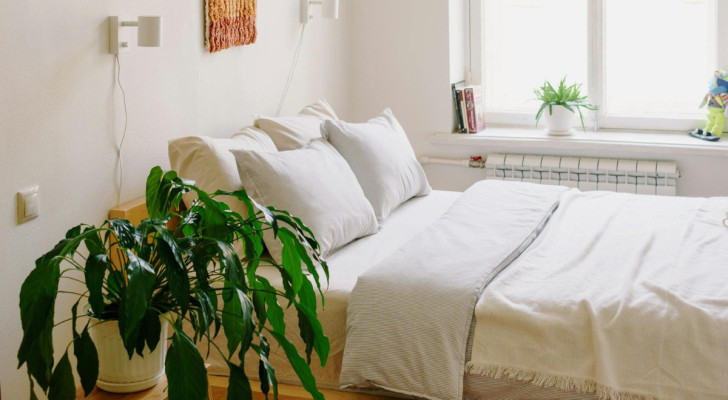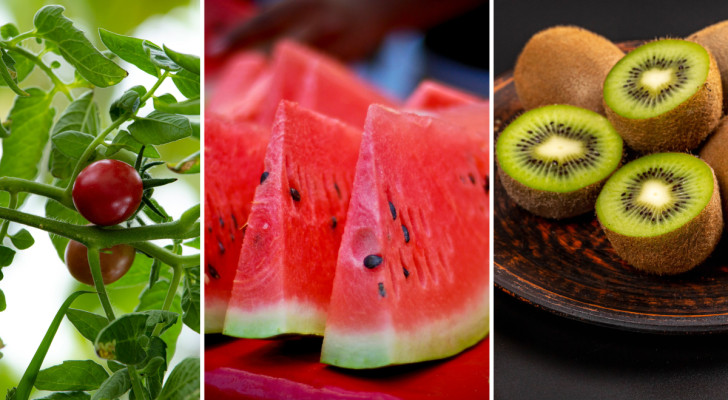There is a very common plant that helps remove mold spores from your home

If we think of a plant that takes possession of any area, climbing everywhere, planting its roots on rocks, plaster, tree trunks, and more... then we are probably thinking of ivy. Surprisingly, ivy also thrives indoors, where it can even manage to reduce mold spores that may be present in our homes.
The fact that it is a plant known for its tenacity also makes it easy to cultivate, even in pots, and it has a cascading foliage that beautifully decorates shelves, ledges, and sills. Not to mention the myriad of varieties available with leaves in irresistible shapes and colors. Let's discover more about this plant:
Ivy and mold spores
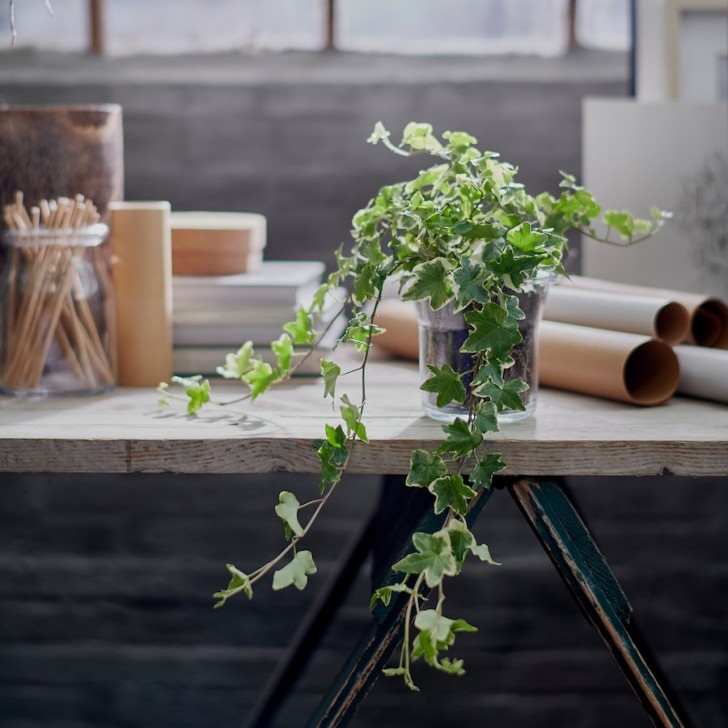
A few years ago, the American College of Allergy, Asthma & Immunology published a study that demonstrated how ivy can reduce the presence of airborne mold spores and toxins indoors. Specifically, two containers were set up, each with the same type of ivy inside. In one, there was moldy bread, and in the other, dog feces.
After 12 hours, researchers measured the air quality, finding that airborne mold spores had decreased by 78% in the bread container, while in the one with the feces, the toxins had been reduced by 94%.
Even NASA has discovered the amazing properties of ivy

Hedera helix 'Irish Lace' (pepilacdesjoncs.com)
The Clean Air Study conducted by NASA in the 1980s is now widely known about in research circles. The study demonstrated the ability of some indoor plants to remove toxins commonly found in our homes. Ivy was among the plants that yielded excellent results in NASA's studies.
The NASA studies began several years before the publication of their results. In 1988, while the research was still ongoing, a report on these analytical activities could be found in the New York Times. Dr. Anthony V. Nero Jr., an expert in indoor air quality studies at the Lawrence Berkeley Laboratory in California, commented on the fundamental importance of these studies, stating, "The risks posed by pollutants in indoor environments are indeed comparable, in terms of impact, to those associated with exposure to chemicals or radiation in industrial environments."
Ivy can help us: how do we cultivate it?
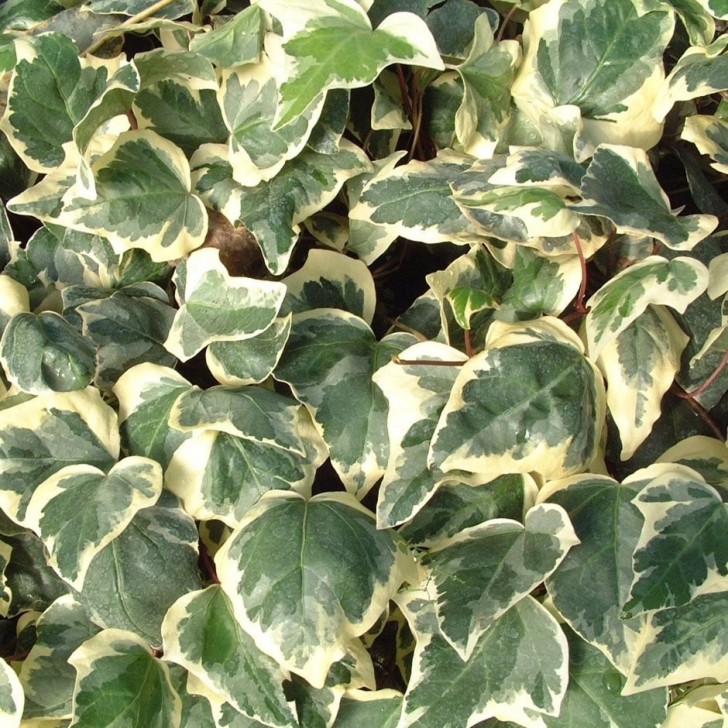
Hedera canariensis (rhsplants.co.uk)
Clearly then, ivy can help improve the air quality. If you take a look at the beautiful varieties showcased here - just a few examples! - you'll realize that even this underrated climbing plant can be a stunning addition to your home.
Ivy can thrive in various conditions, but generally, it prefers a bright spot. In the case of variegated species, there may be specific care instructions: some types of ivy are more delicate than others.
Moreover, ivy typically prefers cool temperatures, so avoid keeping it in hot, dry environments. Regarding watering, wait for the soil to become dry a few centimeters below the surface before thoroughly watering again, and ensure that the soil is rich but well-draining.
Which type of ivy would you choose?
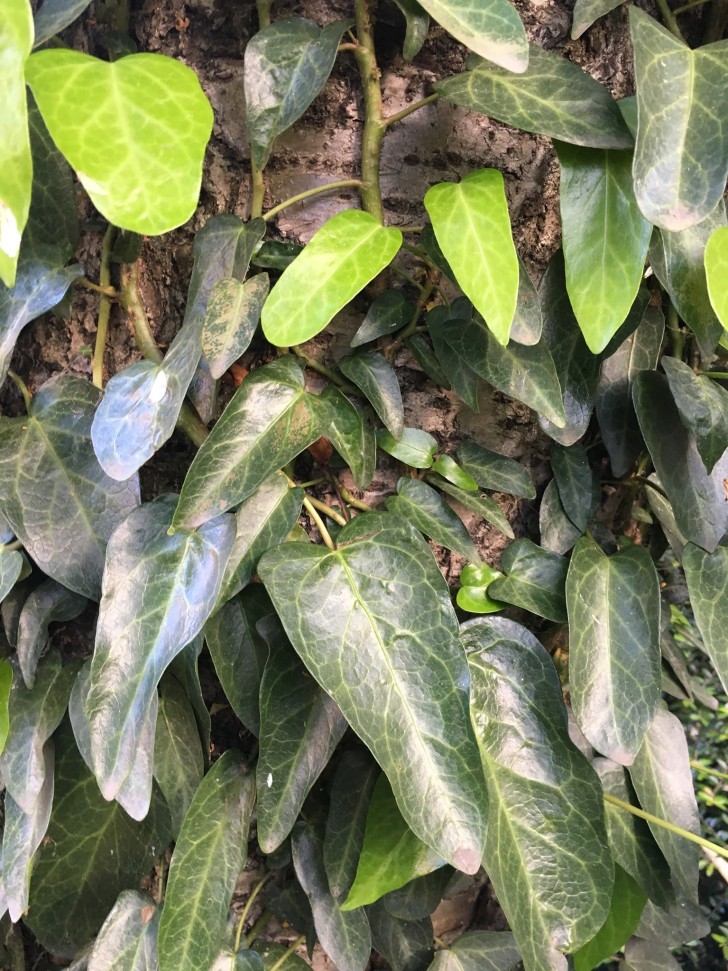
Hedera pastuchovii ‘Ann Ala’ (The Phoenix Garden/Facebook)
There are so many varieties of ivy to chose from, but basically, they all have similar capabilities. Which one would you choose?



